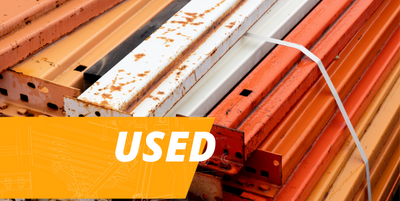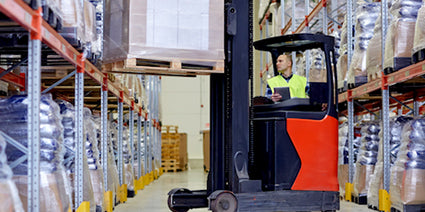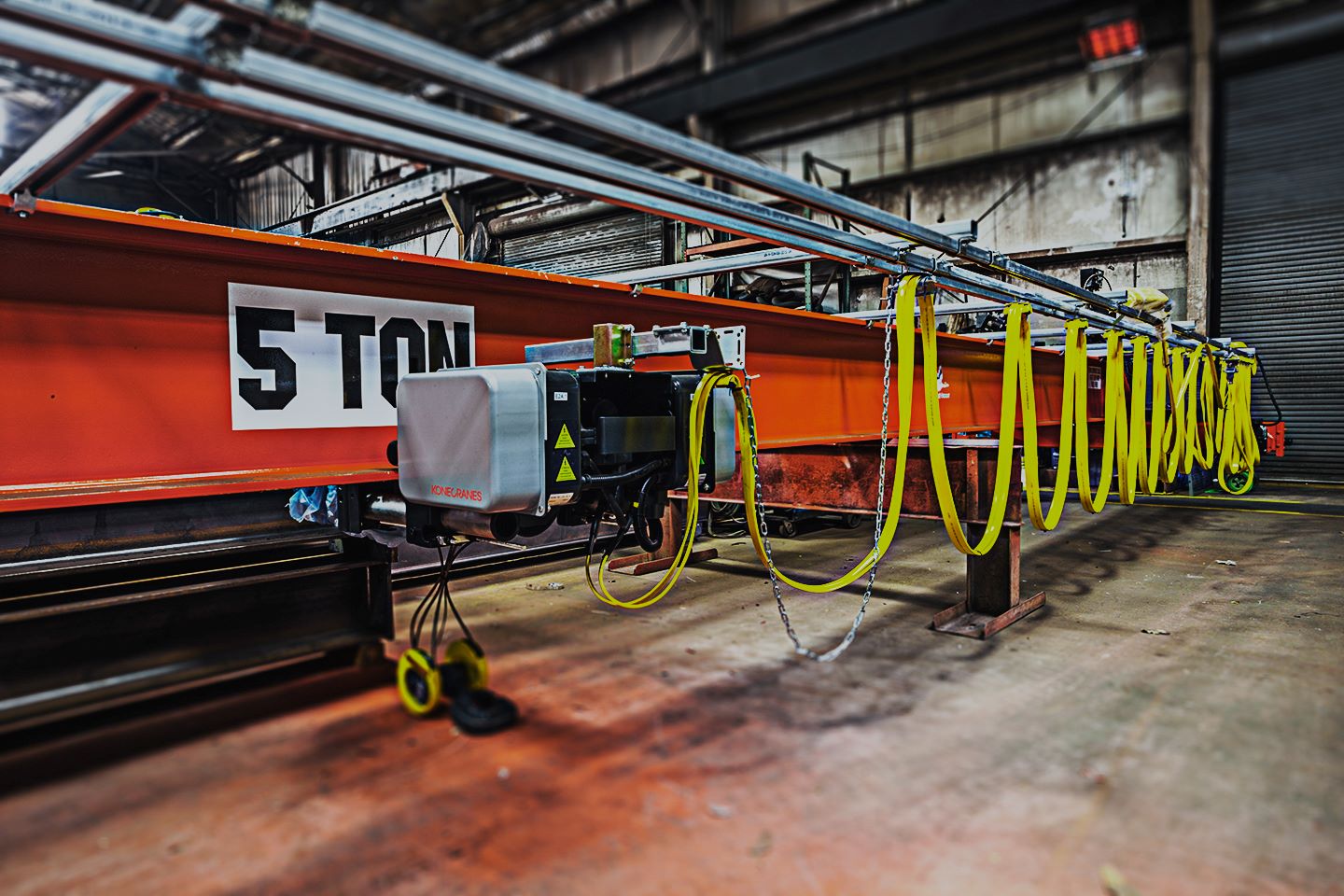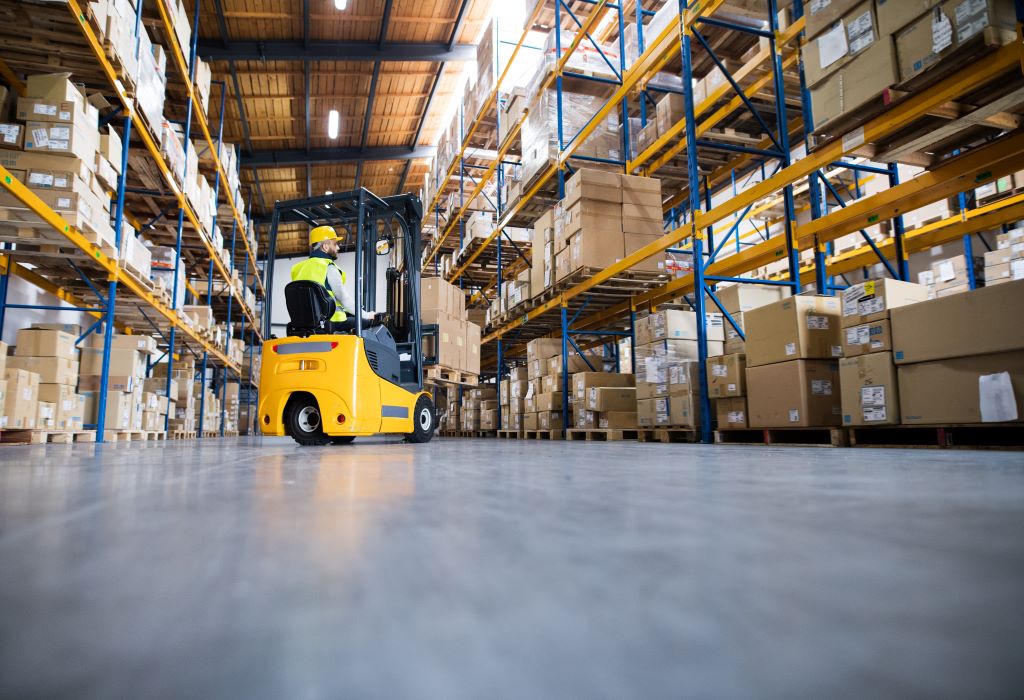Your Cart is Empty

Overhead Cranes and Hoists - HOJ Innovations

Overhead cranes are used to safely move large equipment or products that can weigh hundreds or thousands of pounds.
Using a crane to move heavy items replaces a forklift from doing the same job and reduces the risk of injury to employees or damage to equipment. Fewer workers need to be involved, so the moving process is much safer.
Cranes typically have less use in a traditional warehouse, and are more often used in heavy-duty workshops, maintenance facilities and fabricators.
For example, a granite fabricator would use a crane to move heavy slabs of stone.
Overhead cranes are almost always custom-built, and will be designed, fabricated, and installed for a specific building or inventory management application.
Whether operating in a new building or an existing one, the building's systems (plumbing, fire suppression, climate control, electronics, and more) have to be taken into consideration when installing a crane.
Using a well-manufactured crane and maintaining it properly will give it a long, useful life.
Use the questions below to help determine what type of crane would best meet your needs.

Crane First, Building Second
For the effective use of a crane, consider the crane design and reactions while designing the building. The following questions can help determine the primary use of the crane, and which class of crane to use.
- What will this crane be doing?
- What will it be lifting?
- How much weight will the crane be lifting?
- How often will the crane be needed?
- What area does the crane need to cover?
- Will the crane be incorporated into the building?
- What kind of environment are you working in?
Types of Cranes
There are typically three kinds of cranes:
- Underhung (bridge beam hangs from a runway system)
- Top-riding single girder (the crane runs on top of a runway/rail system with the hoist hanging from the bottom flange of a single bridge beam)
- Top-riding double girder (two bridge beams with the hoist running on top)
The hook height, the capacity, and the span will be factors in determining your crane of choice. Double girder cranes, although typically more expensive, will provide a higher hook height than a single girder option.
Underhung cranes will generally provide the lowest hook height but may maximize hook coverage if supported by the ceiling structure.

Crane Inspection and Maintenance
Overhead cranes should be inspected and maintained quarterly. On systems with daily use, a monthly inspection and maintenance routine is the best practice.
Similar to conveyors and automation, cranes work best in specific work environments for specific inventory management tasks.
If you have big or heavy items you need to move around your warehouse, they can help you do so in a safe and efficient way. If you are moving into a new building, consider constructing the warehouse around the crane and its functions.
Talking with warehouse engineers will help you get the right crane.








